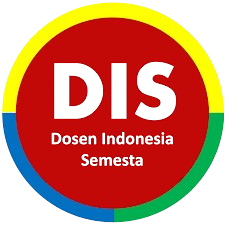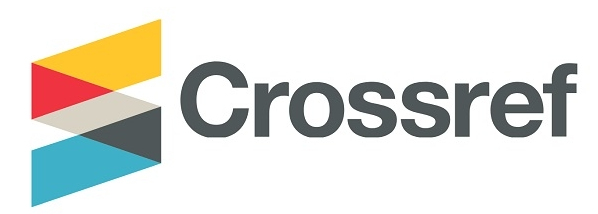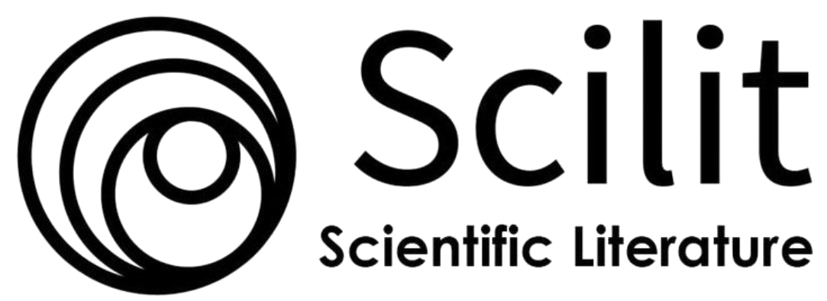THE CORRELATION BETWEEN STUDENTS’ INTEREST IN ENGLISH YOUTUBE CONTENTS AND THEIR VOCABULARY MASTERY AT PGRI UNIVERSITY OF BANYUWANGI
DOI:
https://doi.org/10.36526/ln.v6i2.2454Keywords:
Students’ interest, English YouTube contents, Vocabulary MasteryAbstract
Interest is important because it will be a motivating force for encouraging students to learn. It is also an aspect of motivation building, a phenomenon that arises as a result of social interaction and student interaction in learning activities. This research was aimed at finding out whether there is correlation between students’ interest in English YouTube contents and vocabulary mastery. Furthermore, in this quantitative research, the researcher used correlation research design. The population of this research was fourth semester of students of English department of PGRI University of Banyuwangi. This study used a sample of 13 students from the 2019 class. The researcher gave questionnaires to know students’ interest in English YouTube contents, and test to know the students’ vocabulary mastery. The result of this research shows that there is no correlationm between students’ interest in English YouTube contents and vocabulary mastery. It is provided by the t ro = 0,05 and rtable = 0.552 with a standard of significant 95%. The value of correlation product moment is lower than r table (0,05 < 0.552). It found that rxy = 0.05 in r table on the interval 0.00 – 0.199. So, the null hypothesis (H0) of the research is accepted , but Ha is rejected. It means there is no correlation between Students’ Interest in English YouTube Content and Their Vocabulary Mastery at PGRI University of Banyuwangi.
References
Alhamami, M. (2013). Observation Of YouTube Language Learning Video (YouTube LLVS). Teaching Englsih With Technology , 13 (3), 3-17.
Almurashi, W. A. (2016). The Effective Use of YouTube Videos for Teaching The English Language in Classrooms as Supplementary Material at Taibah Universityin Alula. International Journal of English Language and Lingusitics Research, 4 (3), 32-47.
Djaali. (2014). Psikologi Pendidikan. Jakarta. Bumi Aksara.
Dudovskiy, J. (2011). Convenience sampling. Research Methodology. Retrieved from http://research-methodology.net/sampling/convenience-sampling/
Duffy, P. (2008). Enggaging The YouTube Google Eyed Generation : Strategies for Using Web 2.0 in Teaching and Learning. Electronic Journal of E-Learning , 6 (2), 119-130.
Hakim, L. N. (2019). The Implementation of YouTube in Teaching Vocabulary for Young Learners. Journal of Advanced English Study, 2(1), 13-18.
Hariyanto, D. (2015). The Effectiveness of Using YouTube for Vocabulary Mastery. English Teaching Journal, 6(1), 1-12.
Hidi, S., & Renninger, K. A. (2006). The four-phase model of interest development. Educational Psychologist, 41(2), 111-127.
Husni , R. (2018, Desember ). A Correlative Study of Students' Motivation, Vocabulary Mastery and Reading Comprehension. Journal of RESIDU, 2(12), 45-60.
Ilham. (2018). The Correlation Between Students' Habit in Watching English Movie and Their Vocabulary Mastery at The Fifth Semester of State Islamic Institute of Parepare. Parepare : State Islamic Institute of Parepare.
Kabooha , R., & Elyas , T. (2018). The Effect of YouTube in Multimedia Intsruction for Vocabulary Learning Perceptions of EFL Students and Teachers. English Language Teaching, 11(2), 72-81. doi:10.5539/elt.v11n2p72
Kreisen, B. (2009). Teaching EFL to The iGeneration : A Survey of Using Youtube as Supplementary Material With College EFL Students in Taiwan. CALL-EJ Online , 10 (2), 1-18.
Lo, R., & Li, H. C. (1998). Songs Enhance Learner Involvement. English Teaching Forum, 36(21), 8-11.
Mangal, S. K. (2007 ). Essential Of Educational Pshchology. New Delhi: Prentice Hall.
Romadhon, S. A., & Qurohman, T. M. (2017). The Advantages of YouTube to Enhance Students' Vocabulary in Mecanical Enginering Classroom. Wiralodra English Journal, 1(1), 14-20.
Schraw, G., & Lehman, S. (2001). Situational interest: A review of the literature and directions for future research. Educational Psychology Review, 13(3), 23-52.
Snelson, C., & Perkins, R. A. (2009). From Silent on Film to YouTube : Tracing The Historical Roots of Motion Picture Technology in Education. Journal of Visual Literacy , 28, 1-27.
Sugiyono. (2015). Metode Penelitian Kualitatif, Kuantitatif, dan R&D. Bandung: Alfabeta.
Syarifudin, A., Marbun, R., & Novita, D. (2014). An Analysis On The Students' Vocabulary Mastery A Descriptive Study On The MTS. Jurnal Pendidikan dan Pembelajaran, 3(9), 35-47.
Downloads
Published
How to Cite
Issue
Section
License
This work is licensed under a Creative Commons Attribution-ShareAlike 4.0 International License.


















